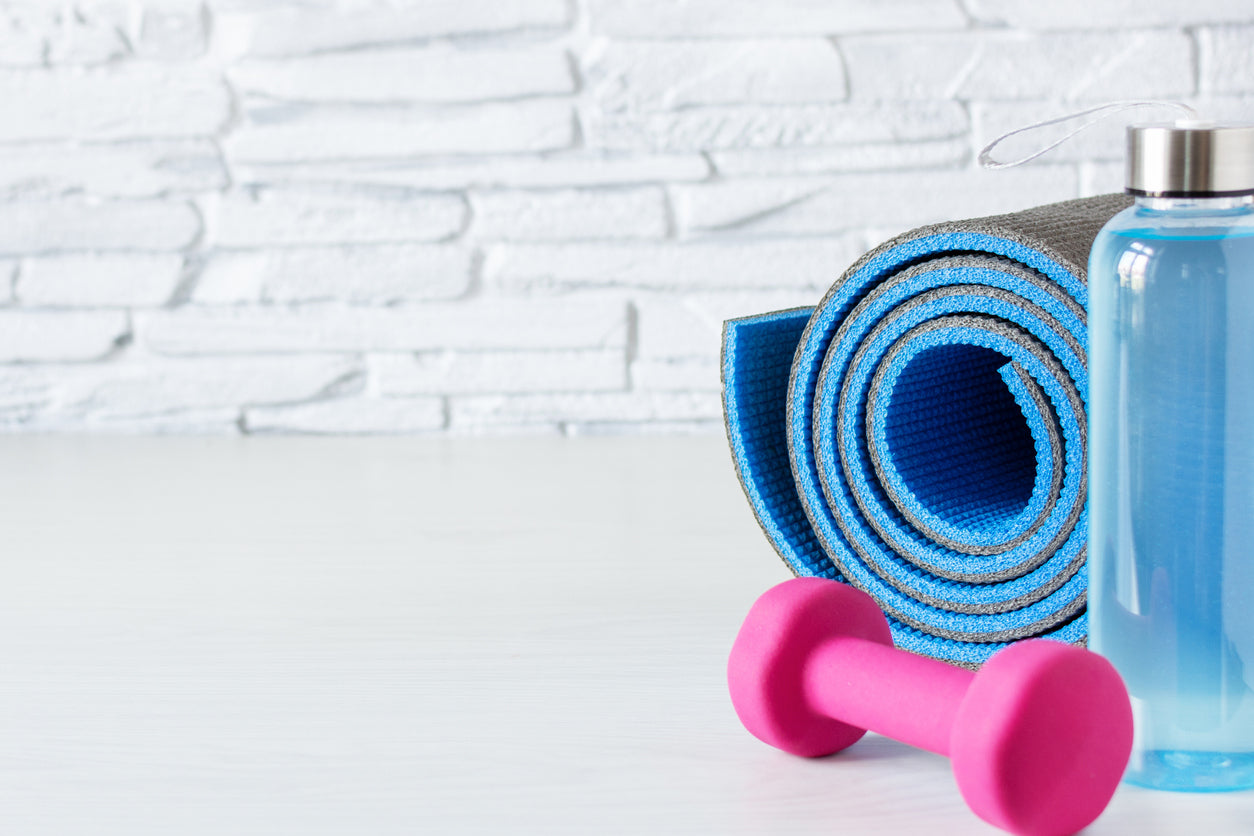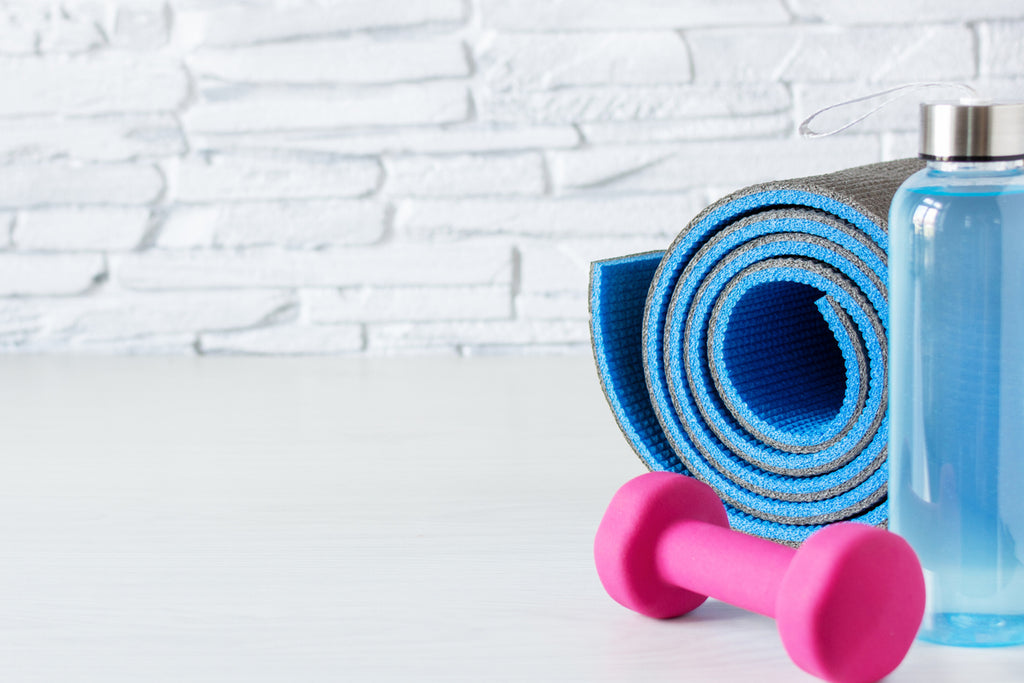As we enter into one of the busiest seasons of the year—which also happens to be followed by a time of resolutions and new routines—you might be contemplating how you can squeeze more workouts in. For many of us, December can be a time in which finding even a few minutes for exercise is challenging. And when you’re so crunched for time, you might wonder, “what’s the point if I can’t devote even an hour to working out?” Well, we’re here to share that it is still worth your while! Experts agree that workouts don’t need to be an hour long to be effective. Keep reading for all of the details.
The Role of Exercise in Well-Being
First of all, it’s important to understand the impact of regular exercise. If you can only manage a 15-minute walk a few days of the week, this alone will be a positive for your physical health. Yes, really! According to the U.S. Department of Health and Human Services, working out at any interval has immense, unequivocal benefits. From reducing anxiety and blood pressure, to improving sleep quality and insulin sensitivity, to bolstering long-term heart health and weight management, the influence of activity on the body is huge.
“Today, about half of all American adults—117 million people—have one or more preventable chronic diseases. Seven of the ten most common chronic diseases are favorably influenced by regular physical activity. Yet nearly 80 percent of adults are not meeting the key guidelines for both aerobic and muscle-strengthening activity, while only about half meet the guidelines for aerobic physical activity.”
This quote comes from the second edition of the Department of Health and Human Services’ Physical Activity Guidelines for Americans. We highly recommend giving it a read!
While those statistics might seem grim, they also offer an exciting perspective: we have the power to positively turn our own health around! Of course, we know this can be easier said than done. Our lifestyles demand so much of us nowadays. It can be downright impossible to carve out the time for a long run and some weight lifting. That said, even achieving half the recommended activity levels in a day will improve your health—and the recommendations aren’t as steep as you think.
Experts Weigh In: Workouts Don’t Need To Be an Hour Long
The core recommendation from the aforementioned guidelines is this: “Adults should do at least 150 minutes (2 hours and 30 minutes) to 300 minutes (5 hours) a week of moderate-intensity, or 75 minutes (1 hour and 15 minutes) to 150 minutes (2 hours and 30 minutes) a week of vigorous-intensity aerobic physical activity.”
While those numbers might seem big at first, they aren’t so daunting when you plan them out by the week. Let’s say you’re going for the moderate-intensity program. Walking at a brisk pace, bicycling with light effort, playing tennis and weightlifting can all fall under this category. As mentioned before, mixing cardio with strength training is recommended. So, imagine you walk briskly for 30 minutes each weekday, and then complete an hour-long weightlifting session on Saturday. You’ve already accomplished 3 hours and 30 minutes. That puts you right in that ideal range.
Workouts don’t need to be an hour long, and when you embrace the shorter, more manageable session, it benefits your mind and body while accommodating your schedule.
Let’s zero in on the walking portion for a moment—because “hot girl walks” are a trend for a reason. That mere 30 minutes can increase cardiovascular fitness, strengthen bones, reduce excess body fat, and boost muscle power and endurance. It can also reduce your risk of developing heart disease, type 2 diabetes, osteoporosis, and even some cancers.
Make the Most of Your Workouts
So, we’ve established your new mantra: “A short workout is better than no workout!” But we’ve also got another tidbit of advice. A great way to combat a tight schedule is to make the very most of the workouts you can squeeze in.
This could take the form of higher-intensity workouts. But it could also mean giving your body the boost it needs to absorb every benefit of that 30-minutes walk. How?
For starters, consider the shoes you’re wearing. Investing in good footwear—and even better, in a pair of shoes that is uniquely suited to your feet and gait—is worthwhile. Wearing the right shoes can help prevent injuries and support proper movement and circulation. Also, it will reduce the possibility of soreness and foot pain even when you’re just getting used to your daily workouts. Our advice? Visit a local running shop, where they will likely be able to study your foot, arch shape, and gait before making a custom recommendation.
Another way to make the most of your workouts is to consider nutrition. Giving your body the nutrients it needs most can assist it in absorbing the benefits of all types of exercise. A well-nourished body is also less likely to experience exhaustion and physical burnout as you first begin to work those exercise sessions into your routine. For all of these reasons, we think adding PlantYourDay to the daily diet is a great way to support a workout regimen.
In addition to that easy and delicious protein boost, there are a few foods known to be good post-workout go-tos! Consider adding these to your fridge or pantry:
- Yogurt
- Fruit
- Peanut butter
- Avocado
- Sweet potatoes
- Salmon
- Smoothies
In summary, workouts don’t need to be an hour long, and there are ways to pack a greater punch each time you don your favorite sweat set.
If you take any of this advice, we’d love to hear about it! Share your new routine with us using the hashtag #TheHushAndHushRoutine on social media.


